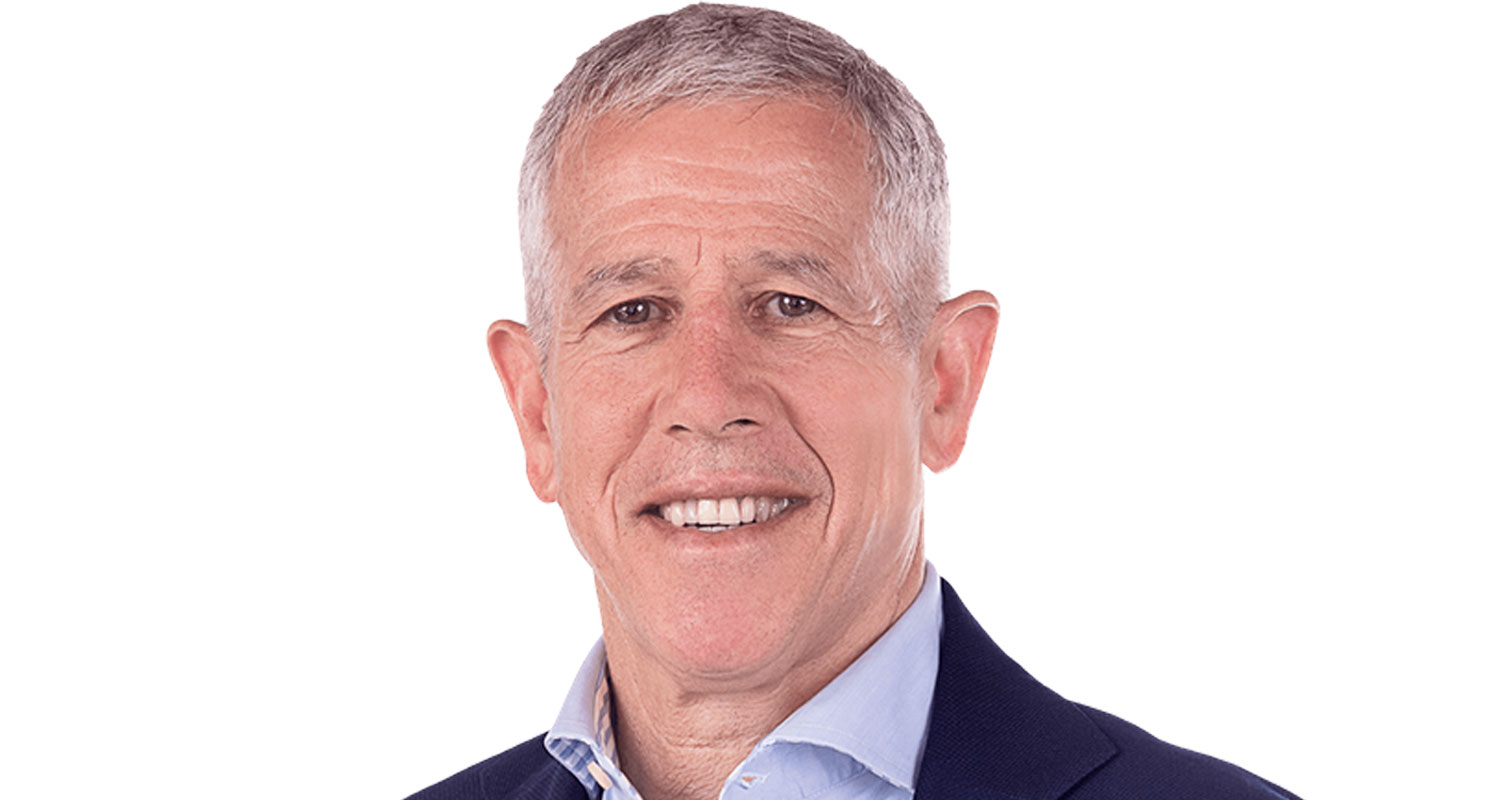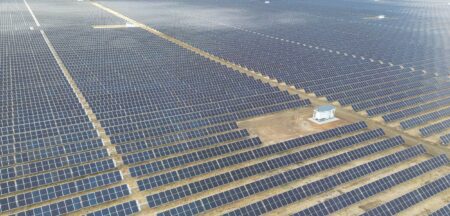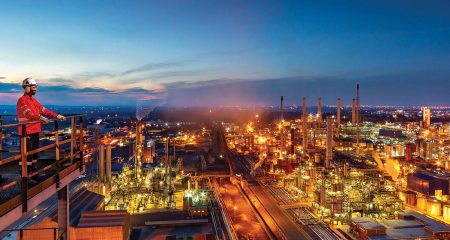 A massive coal liquefaction plant in Secunda has the dubious distinction of being the single largest emitter of greenhouse gases in the world.
A massive coal liquefaction plant in Secunda has the dubious distinction of being the single largest emitter of greenhouse gases in the world.
It’s had that title for a couple of years in a row now. Do we simply look at Sasol’s Secunda site and hope the energy-and-chemical giant will clean up its act? Or can we encourage the South African company — and a lot of other carbon-heavy enterprises like it — to help the world achieve net-zero carbon emissions by the 2050 deadline endorsed by the United Nations?
There is only one way to accelerate the transition from brown to green: by providing the means. We have to finance the reduction of greenhouse gases, not just for impact, but for return.
This means directing capital to the regions and sectors where a changeover is most needed. It is a giant commercial Marshall Plan for the planet’s long-term health.
At least two different types of finance are necessary to fund our net-zero future.
First, capital needs to follow the carbon, with investment going to high-emitting sectors and economies. This money would be conditioned on recipients proving they are on a route to achieving a timely net zero. That might mean anything from re-engineering to winding down an enterprise. Capital must go also to infrastructure that builds toward a net zero future and to innovative companies finding ways to control, reduce, and capture carbon.
Much of this argument is being developed by the Sustainable Markets Initiative, launched in 2020 by Prince Charles and supported by about 480 signatory companies. Its mission: building a global effort by the private sector to speed a sustainable future.
$4-trillion/year
According to the SMI Transition Finance Working Group, the world’s economy requires about US$4-trillion/year to reach net zero by 2050, with the spending front-loaded to ensure we create a viable pathway to success. Emerging markets need about 25% of this investment because, though they markets are responsible for only one-seventh of legacy emissions per capita, they are on track for 90% of global emission increases by 2030.
However, only 15% of the finance has been made available to date. The clock is ticking. With every year — indeed, every month — that passes without material action, more finance is needed, and to be spent more quickly.
Must most of the money be provided by government? No. Finance is more than a solution to the crisis — it’s an opportunity for investors and asset owners. They have a chance to allocate capital for compelling return and game-changing impact. The Glasgow Financial Alliance for Net Zero, whose 450 members represent about $130-trillion of assets under management, reckons private actors could provide 70% of the financing.
The opportunities are everywhere. About 85% of carbon emissions are generated by four sectors which rely on the production and burning of fossil fuels: power, buildings, mobility and industry. There are investors who baulk at opportunities in these sectors. Why? Because of the drive to cleanse portfolios. Divest now, they say. Sell the problem to someone else, even a predatory owner. Such investors would rather be seen to be clean than commit the finance to help making the real economy clean. They are driven by appearances.

However, it is in these four sectors where investment — what is called transition finance — could drive most of the real-world change. It is a legitimate category that enables the move from brown to green while meeting standard risk and return objectives.
Consider Reliance Industries, India’s largest publicly traded company by market value. The country is the world’s third largest carbon emitter. Reliance’s businesses span energy, materials, retail and digital. Its New Energy unit will help the entire conglomerate achieve its target of reaching net zero by 2035. Reliance has committed $10-billion to the transition, most of which will go to developing manufacturing capacity for integrated solar photovoltaic, advanced energy storage, electrolysers and fuel cells. New Energy serves decarbonisation as well as profits.
There’s also PLN, Indonesia’s state-owned electricity generation company. It is the country’s second largest source of carbon emissions. PLN has a decarbonisation plan that reaches into 2030 and a net zero plan to 2060.
Or let’s go back to Sasol. The Secunda plant’s emissions exceed the individual totals of scores of countries. However, the company has committed to net zero by 2050.
If we do not drive our vision of the transition, a transition not to our liking will drive us. Our choice is between orderly and disorderly change
Financing Reliance, PLN and Sasol on their way to net zero — while remaining viable and profitable concerns — will reap benefits to investors.
This is only one way to achieve a lasting net zero: by changing the real economy. We need to deliberately allocate public and private finance to to ensure that the changeover happens in time while maintaining much of our productive industrial base. Alongside green investment, we should mobilise transition finance. This is sustainability with substance.
Action needs coordination among the various sectors, development institutions and policymakers. Investors and asset owners can contribute the transformative power of capital.
The challenge is how we apply that power. If we do not drive our vision of the transition, a transition not to our liking will drive us. Our choice is between orderly and disorderly change. There is no time to waste. We need to invest now.
- Hendrik du Toit is the chief executive officer of asset management company Ninety One




